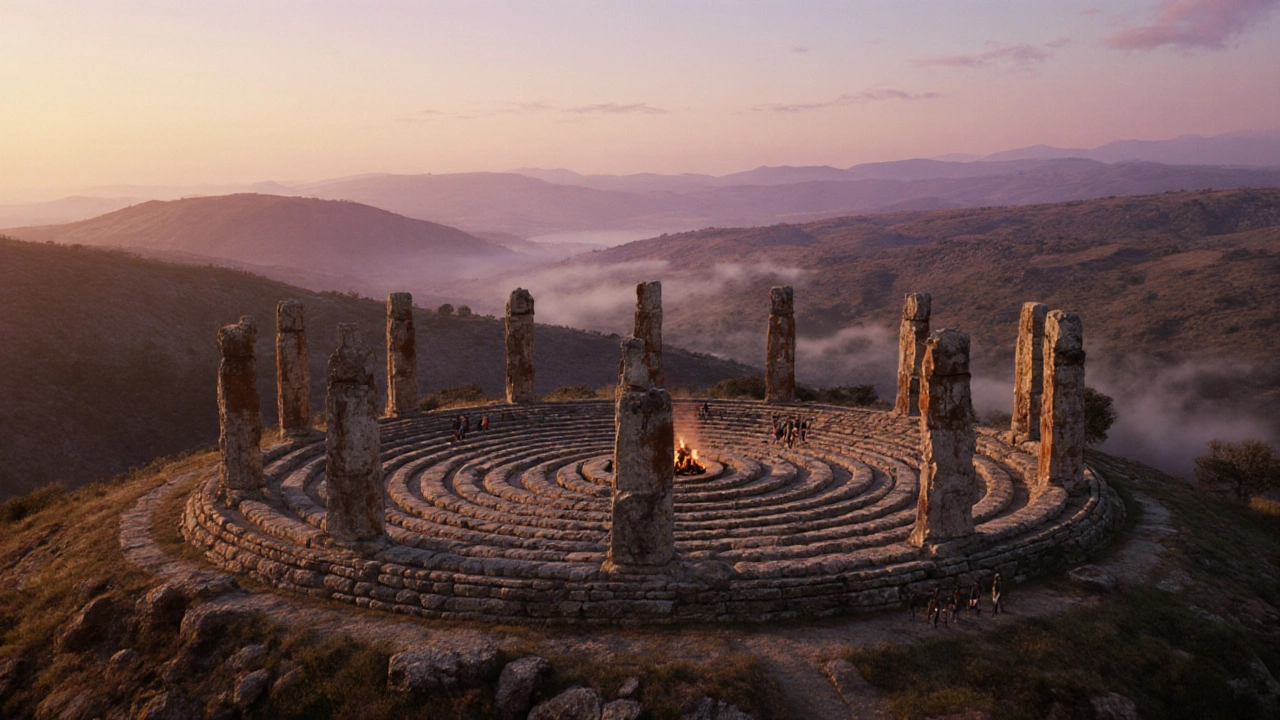
Explore Göbekli Tepe, the world's oldest temple, its age, archaeology, visitor tips, and why it reshapes our view of prehistoric humans.
When talking about UNESCO World Heritage, a global list of places recognized for their outstanding cultural or natural value. Also known as World Heritage Sites, it shapes how travelers choose destinations and how countries protect their legacy. Cultural Heritage, historic monuments, cities and traditions that reflect human creativity and Natural Heritage, landscapes, wildlife and geological formations of universal importance both fall under the UNESCO umbrella. The program requires sites to meet at least one of ten criteria, ranging from architectural brilliance to ecological uniqueness, which enables them to attract tourists, scholars and funding. In India, the sheer number of listed sites creates a rich tapestry that links history, religion and biodiversity.
India holds more than 40 UNESCO sites, more than any other country in Asia. This concentration means you can hop from the marble wonder of the Taj Mahal to the rugged cliffs of the Western Ghats without leaving the country. States like Madhya Pradesh lead the pack with over 1,500 protected heritage locations, offering a dense network of cultural experiences that include forts, temples, and ancient rock art. Visiting these places isn’t just a sightseeing activity; it’s a chance to see how UNESCO’s criteria shape conservation policies and local economies. Travelers often find that the safety guidelines and health tips highlighted in our other guides—like the 2025 India safety overview—apply directly to heritage tourism, ensuring a smooth journey from bustling cities to remote villages.
Understanding the UNESCO framework also helps you plan smarter. For example, the best time to visit the Golden Triangle aligns with the peak season for several heritage sites, while the monsoon months bring lush scenery to natural wonders like the Sundarbans. Our cost guide for US citizens reveals that entry fees, guide charges and local transport can vary widely, but budgeting early lets you stretch your rupee further. Likewise, knowledge about malaria risk zones and vaccination recommendations, covered in our health advisories, is crucial when venturing into jungle reserves or hill stations that host natural heritage sites.
Beyond the practicalities, each UNESCO location tells a story. The ancient city of Varanasi, one of the oldest continuously inhabited places on Earth, showcases living cultural heritage that still drives pilgrim traffic. Meanwhile, the Western Ghats, a biodiversity hotspot, illustrate how natural heritage can influence climate research and eco‑tourism initiatives. By grasping the link between cultural and natural heritage, you’ll appreciate why UNESCO’s designation matters not just for preservation but for creating sustainable travel experiences that respect local communities.
Below you’ll find a curated list of articles that dig deeper into these topics—state‑by‑state heritage counts, safety checklists, budget breakdowns, and seasonal travel tips. Use them to map your itinerary, stay informed about health precautions, and discover hidden gems that often fly under the radar of mainstream tours. Happy exploring, and let these insights guide your next adventure through India’s UNESCO World Heritage marvels.

Explore Göbekli Tepe, the world's oldest temple, its age, archaeology, visitor tips, and why it reshapes our view of prehistoric humans.